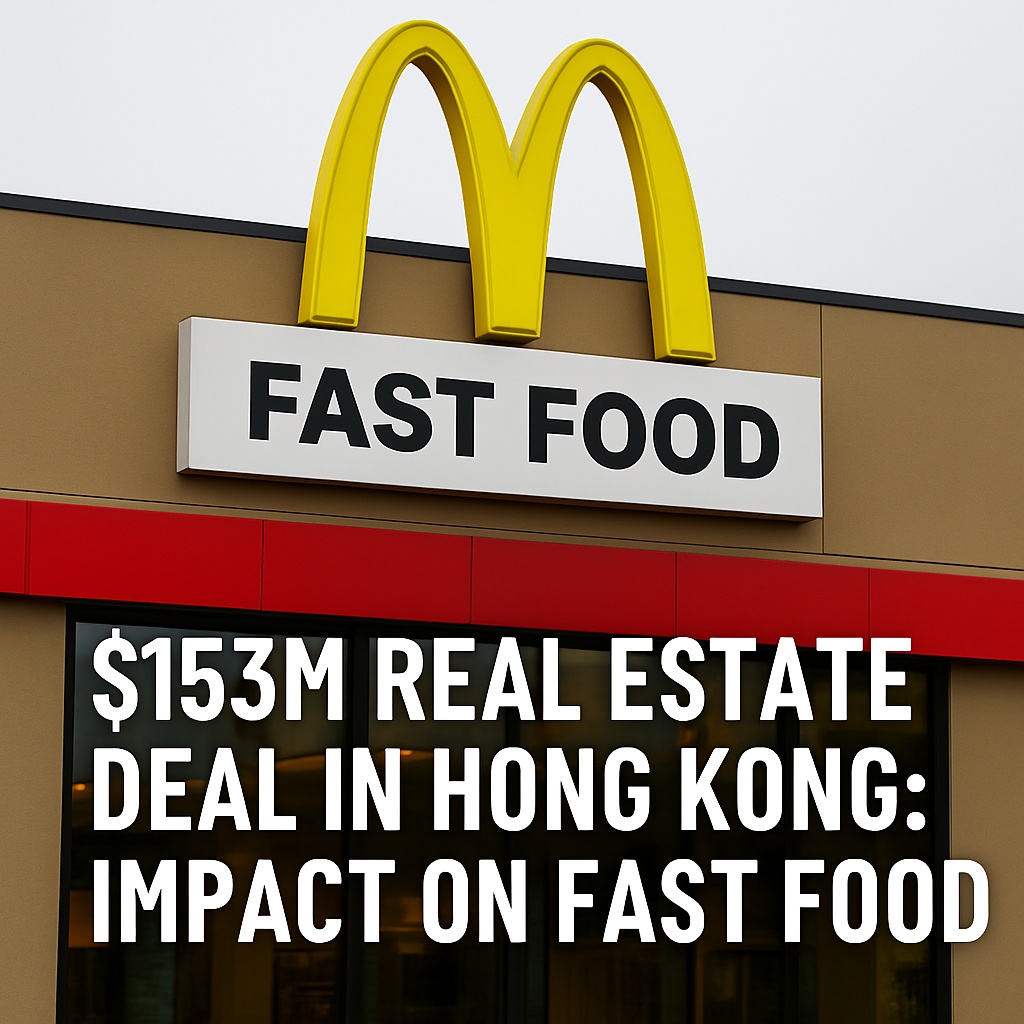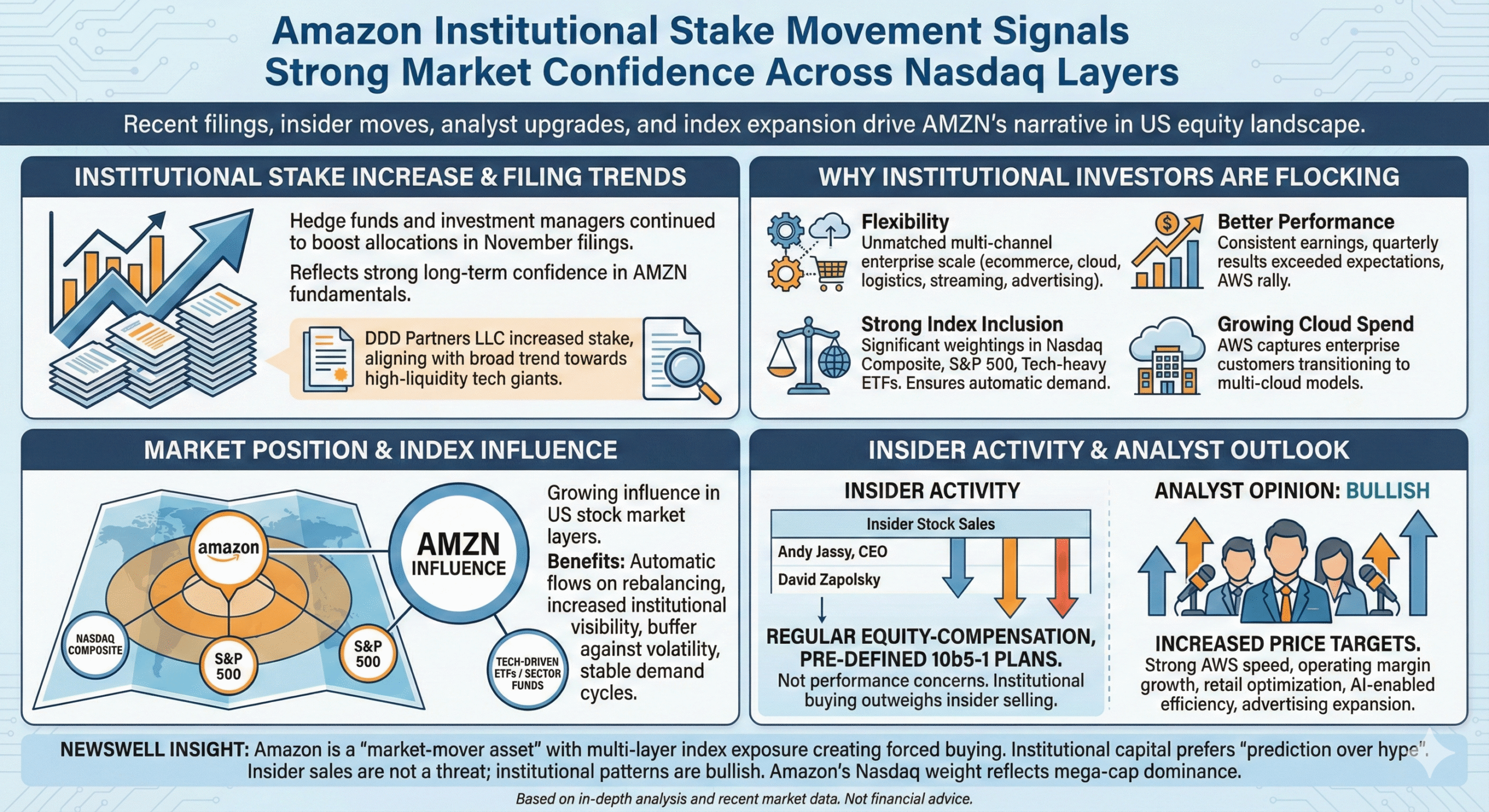The fast food sector has once again taken center stage in global business headlines. McDonald’s, the undisputed leader in the quick-service restaurant world, is planning to divest a substantial portion of its property portfolio in Hong Kong — estimated to be worth $153 million USD. That comprehensive and strategic decision has not just only related to real estate and equity analysts but also raised thoughtful questions about the future of fast food restaurants and look at into that how a major player are adapt them with drastic changing economic environment.
McDonald’s Selling Prime Hong Kong Locations: What’s Going On?
McDonald’s has announced that it will sell eight high-profile retail properties in Hong Kong, including locations that serve as part of territorial headquarters. The deal, reportedly valued at HK$1.2 billion (approx. $153 million USD), includes shops situated in densely populated shopping areas and business districts.
However, this is not a complete exit. The company is expected to lease back these stores, ensuring continuous operations while monetizing their owned real estate. This approach, known as a sale-leaseback deal, is becoming increasingly popular among large corporations as they seek to increase liquidity without sacrificing operational continuity.
Why this move got attention based on strategic point
There are several reasons behind this decision:
- Capital Efficiency: Instead of tying up money in real estate, McDonald’s can use the funds to reinvest in technology, expansion, or shareholder returns.
- Fluctuate situations in Market: In the recent times the some major parts of Hong Kong’s property market prices experiencing vulnerability, this leverage the brand to reduce risk while remaining agile.
- Operational Control: Leasing the stores ensures no disruption to daily business or customer service.
The shift reflects a modern strategy used by multinational fast food chains to optimize their balance sheets in competitive markets.
Fast Food Industry Trends in 2025: What’s Changing?
As we analyze McDonald’s move, it’s clear that the fast food industry in 2025 is undergoing significant transformation. This decision aligns with broader trends that are reshaping how global chains operate.
1. Real Estate Is No Longer a Core Asset
Owning physical locations was once seen as a long-term strength. However, today’s digital-first world emphasizes agility and scalability over property ownership. Companies now prefer leasing to avoid large capital lock-ins and focus more on omnichannel operations.
2. Tech-Driven Growth Models
The rise of mobile apps, food delivery platforms, and self-order kiosks has changed consumer behavior. Fast food restaurants are prioritizing digital transformation to streamline service, enhance convenience, and improve the customer experience.
For example, McDonald’s has heavily invested in AI-driven drive-thru systems and automated kitchen solutions in select regions.
3. Emphasis on Sustainability and Plant-Based Options
Today’s consumers are more health-conscious and environmentally aware. In response, chains are:
- Reducing plastic packaging
- Offering vegan and vegetarian items
- Shifting toward carbon-neutral operations
This focus helps them stay relevant among Gen Z and millennial demographics.
4. Smaller, Smarter Outlets
Post-pandemic, there’s been a rise in ghost kitchens (delivery-only kitchens) and smaller footprints. These allow brands to serve more customers while saving on rent and utilities.
Why Real Estate Sales Could Be a Trend Among Fast Food Giants
McDonald’s isn’t alone. Other major brands are expected to explore similar strategies.
🔹 Starbucks, Burger King, and KFC
These brands have already begun re-evaluating their real estate portfolios. In major cities, they’re opting for more flexible lease models, allowing them to open and close locations faster based on performance data.
🔹 Restaurant-as-a-Service (RaaS)
With the gig economy boom and the rise of third-party food delivery services, companies are outsourcing storefront operations and focusing solely on logistics, branding, and technology.
How This Impacts Investors
This deal is also noteworthy for real estate and stock market investors. Here’s how:
📉 Property Values
McDonald’s sale may affect how other commercial property owners value their assets in Hong Kong. The move could lead to increased sale-leaseback activity in Asia.
📈 Shareholder Gains
By liquidating assets, McDonald’s can improve financial ratios, boost dividends, or fund stock buybacks — all of which are attractive to shareholders.
🔍 Investment Strategy
Investors should monitor similar moves from competitors and how these companies allocate the capital raised from such sales.
Regional Outlook: Where Will McDonald’s Expand Next?
With funds unlocked from the Hong Kong sale, McDonald’s is likely to invest in emerging economies, where demand for Western fast food is soaring.
🚀 Fast Food Growth Markets in 2025:
- India – High urban population and increasing demand for affordable eating
- Vietnam & Indonesia – Rapid economic growth and youthful demographics
- Africa (Nigeria, Kenya) – Untapped potential for QSR (Quick Service Restaurants)
These markets offer better long-term returns on investment compared to saturated regions.
A Masterclass in Strategy by McDonald’s
McDonald’s $153 million Hong Kong real estate sale is more than just a business transaction — it is a strategic signal to the entire fast food industry. It shows how global giants are adapting to the demands of a fast-changing world by becoming leaner, more agile, and more focused on core operations rather than traditional assets like property ownership.
By choosing a sale-leaseback model, McDonald’s achieves multiple goals:
- Unlocking capital that can be reinvested in tech, talent, and growth
- Reducing exposure to volatile real estate markets in expensive cities
- Improving flexibility in how and where it operates
In the context of 2025’s business environment — where speed, sustainability, and digital convenience are king — this move demonstrates how even legacy brands must continuously innovate to stay ahead.
In the past, fast food giants were built on real estate ownership and uniformity. But today, they thrive on flexibility, digital innovation, and strategic adaptability. McDonald’s Hong Kong deal is just one example — but it speaks volumes.
The fast food restaurant of the future won’t just serve burgers and fries. It will deliver speed, sustainability, personalization, and profit — whether from a flagship store, ghost kitchen, or a digital-only platform.





